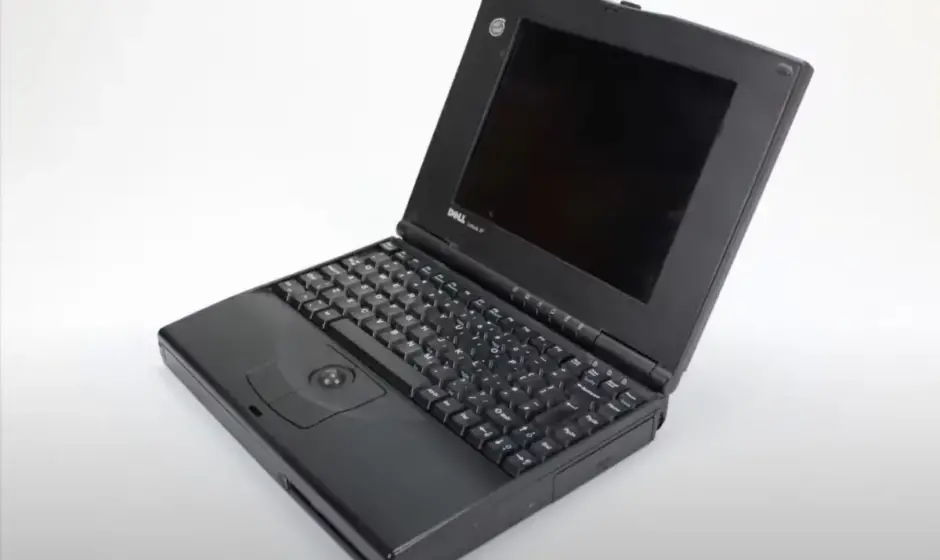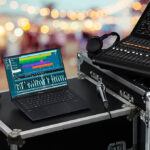For many decades, businesses in the US and across the world have been relying on specially-engineered business laptops that have boosted productivity immeasurably.
One such model that’s been a staple for 30 years is the Dell Latitude family of enterprise laptops – starting with the Dell Latitude XP in 1994. Since then, Dell has continued manufactured a series of machines widely considered among the best business laptops, but it’s worth casting our eye back to the Latitude – the machine that started it all.
Nowadays, Dell has engineered a plethora of functional and productivity-enabling devices including the Latitude 7490, Latitude 7230 Rugged Extreme, and Latitude 9440. These machines usually incorporate the latest and most powerful components; the lattermost, for example, can be fitted with 13th-Gen Intel Core processors and up to 64GB RAM and up to 2TB storage.
Dell’s blast from the past
But the first machine, the Latitude XP, featured just a 9.5-inch color display, 8MB RAM, a 340MB hard drive, and an IntelDX4 75MHz processor. It was also fitted with a lithium-ion battery, among the first such machines to be fitted with one, and weighed a rather heavy 5.9 pounds (2.68 kg).
By contrast, today’s best ultraportables can sometimes come in at under 2.2 pounds (1kg). This device was available for “only” $3,399, equivalent to just under $7,100 (£5,500) today.
Some “cool facts” according to an ad from the time was that it was the most tested product in Dell’s history, at the time and the publication PC Computing heralded it as “the fastest, longest-lasting 486 notebook” that it have tested. It had “enough [bettery life] to get you from New York to London (and back if you catch the concorde) without a hiccup”.
The LA Times‘ Richard O’Reilly was also impressed with the fact that the Dell Latitude did not reduce the device’s screen brightness when it was using its battery, unlike many other similar machines at the time, including the ‘ThinkPad colour computer’.
The 1994 model saw an improvement a year later with the XPi, which featured an Intel Pentium processor, 40MB RAM and a NeoMagic NM2070 graphics card with 1MB memory. The screen size also got a boost to 10.5-inches. Since then, of course, the technology has vastly improved and businesses are able to take advantage of stunning displays and new AI features in the likes of the Latitude 7350 Detachable and Latitude 9450.




